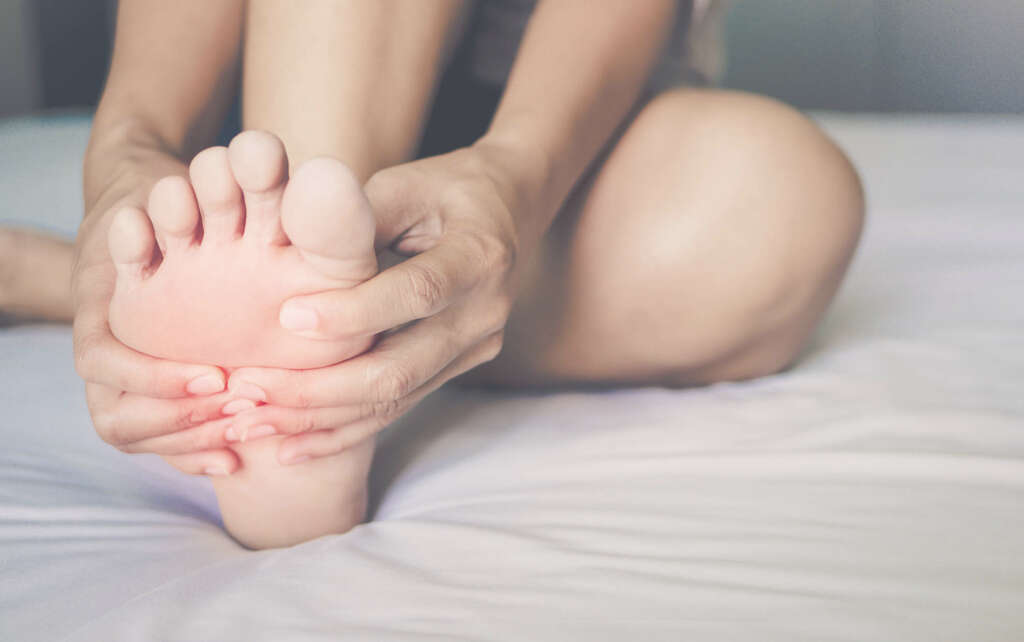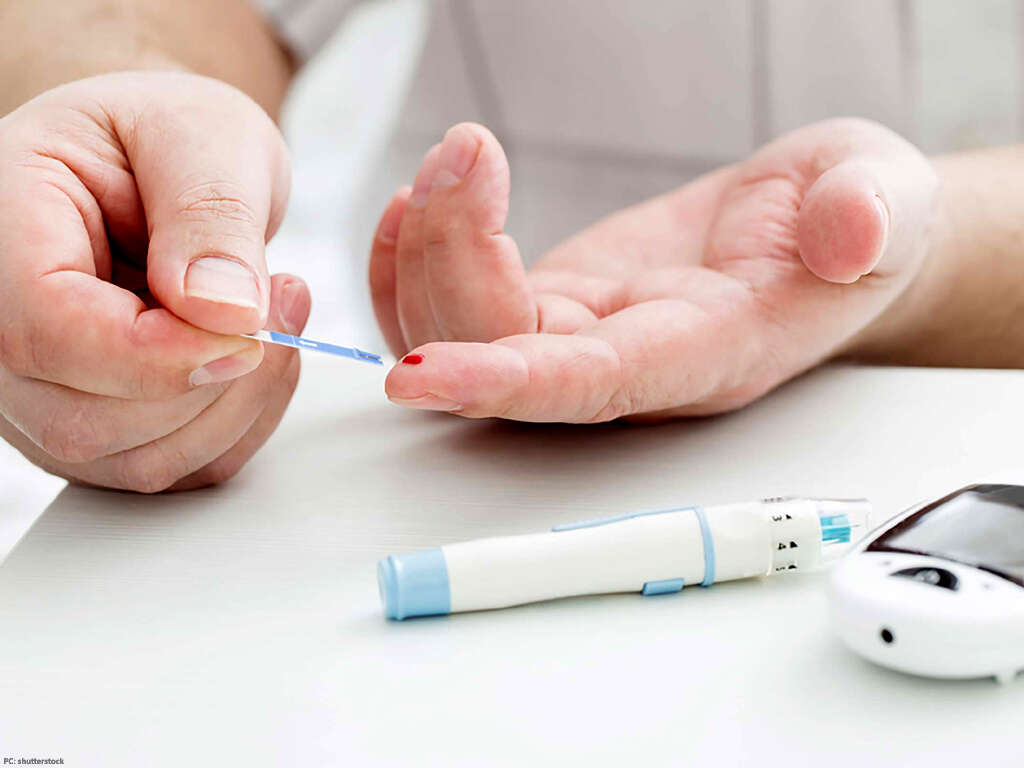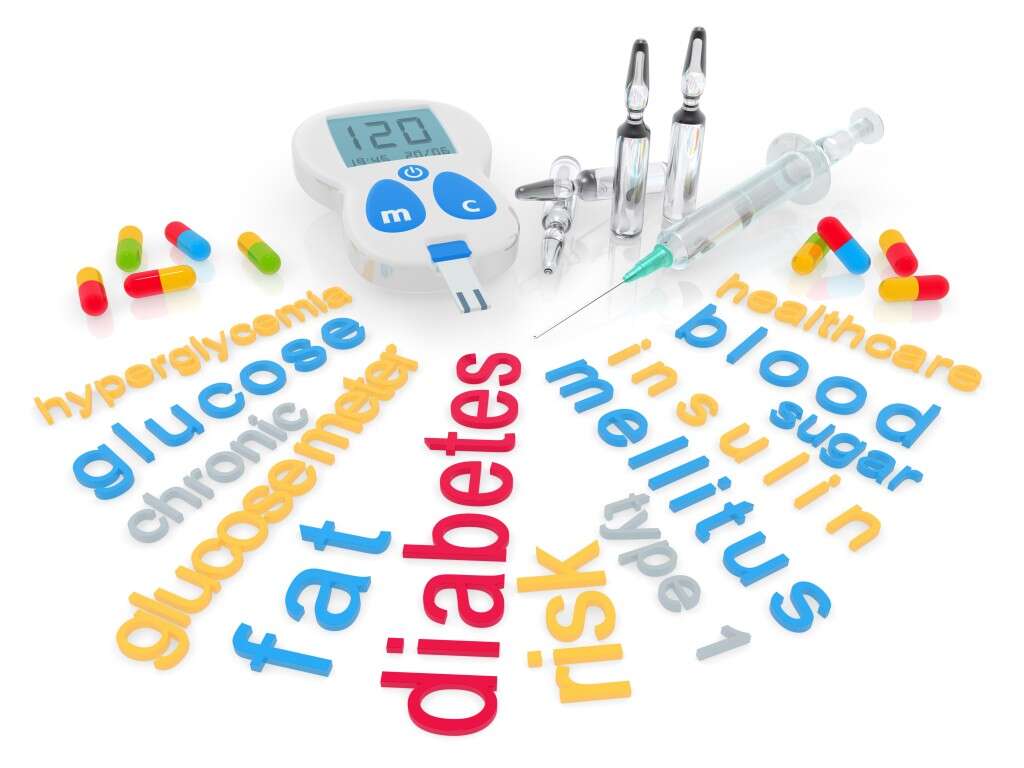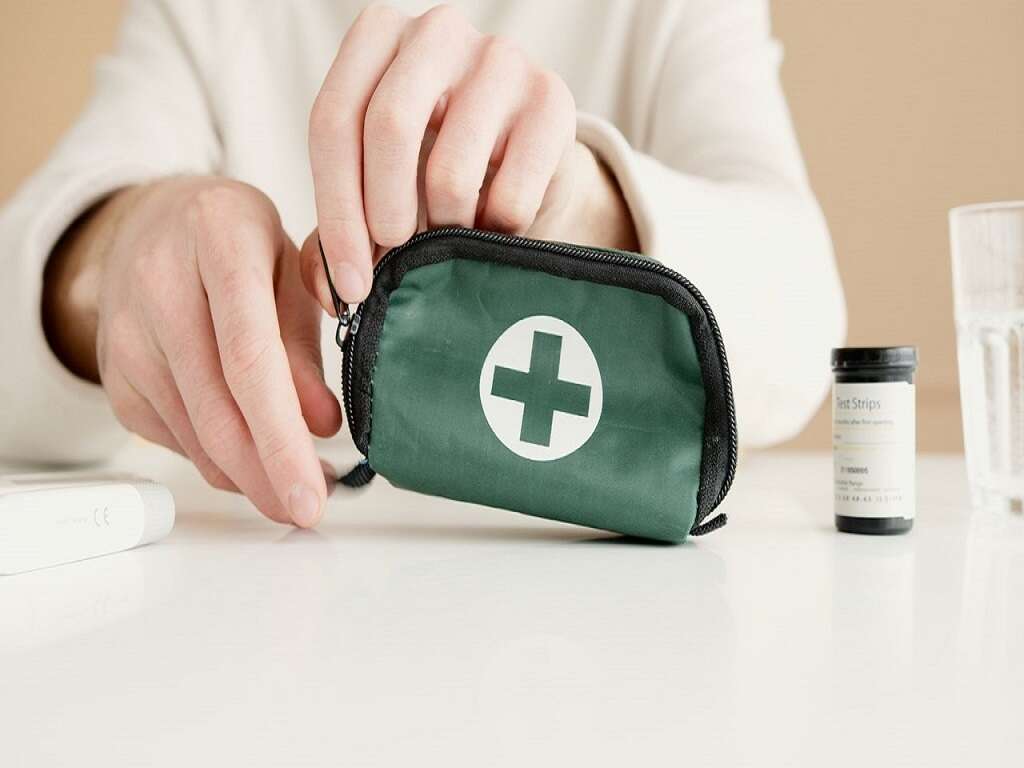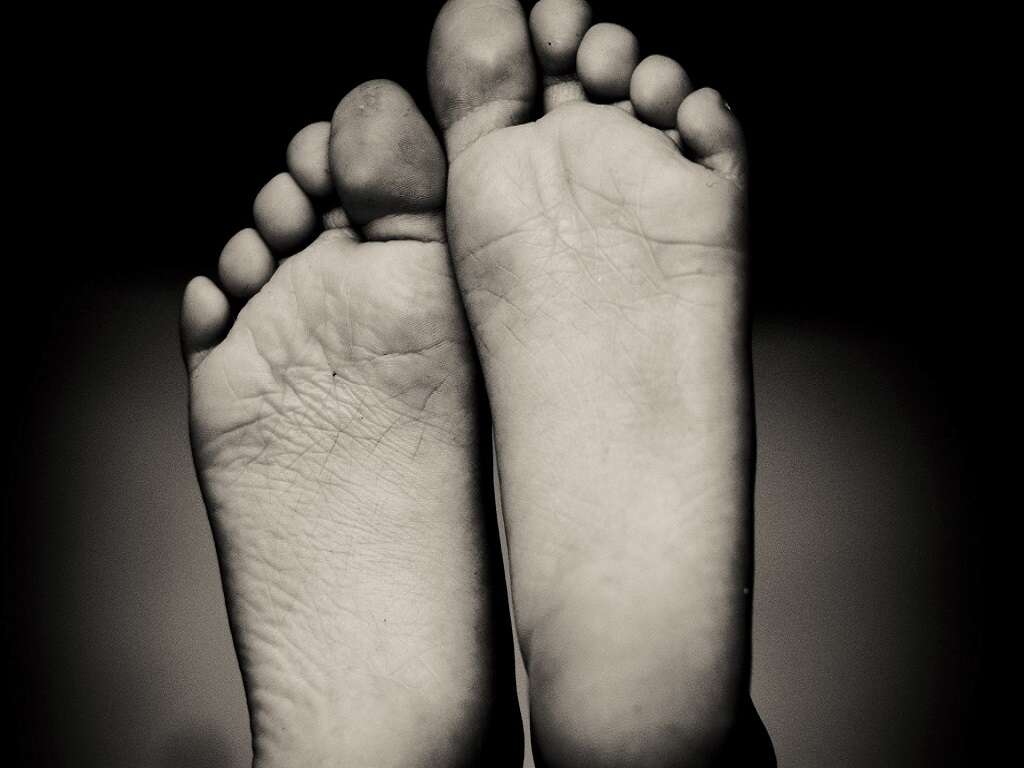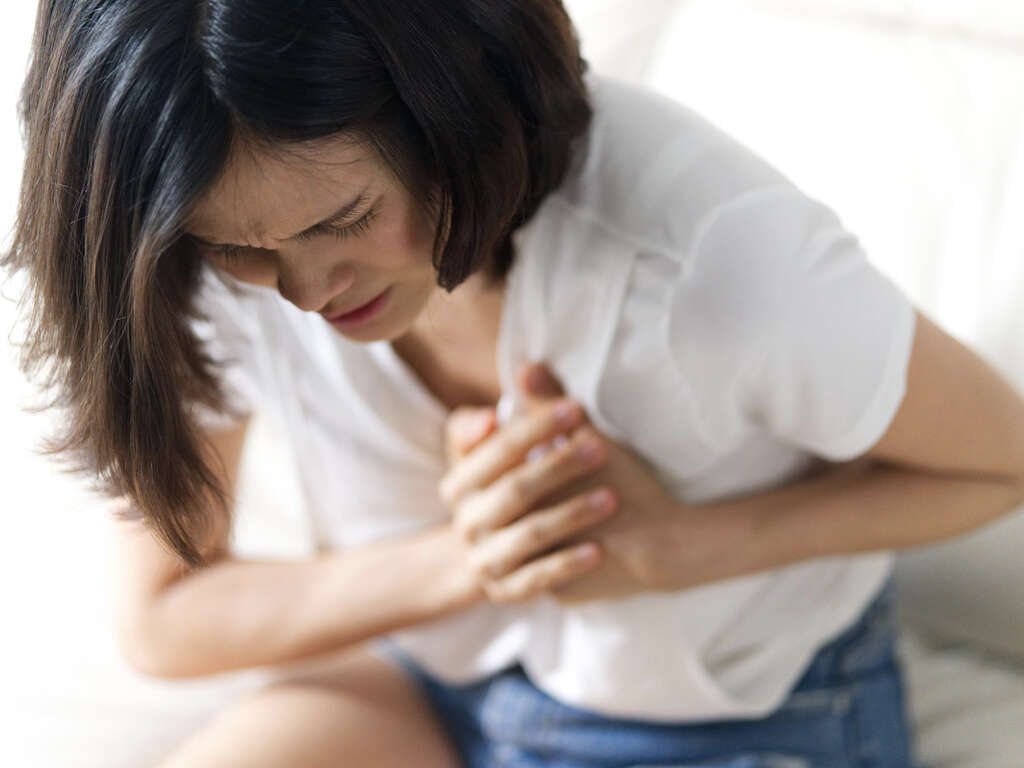10 Type 2 Diabetes Symptoms
Our bodies produce a hormone known as insulin. This helps us to metabolize glucose and regulate the amount of glucose that is in the blood. Some people, however, have a resistance to insulin, making it less effective. Others have a problem producing insulin, meaning they cannot regulate their blood glucose levels.
As a result of improper glucose regulation, patients will develop hyperglycemia (increased glucose levels in the blood), which happens to be the main problem in type 2 diabetes. It is a condition that affects millions of people around the world, and a condition that does require treatment.
Type 2 diabetes can cause some very unwelcome symptoms. Ten of these symptoms are discussed below.
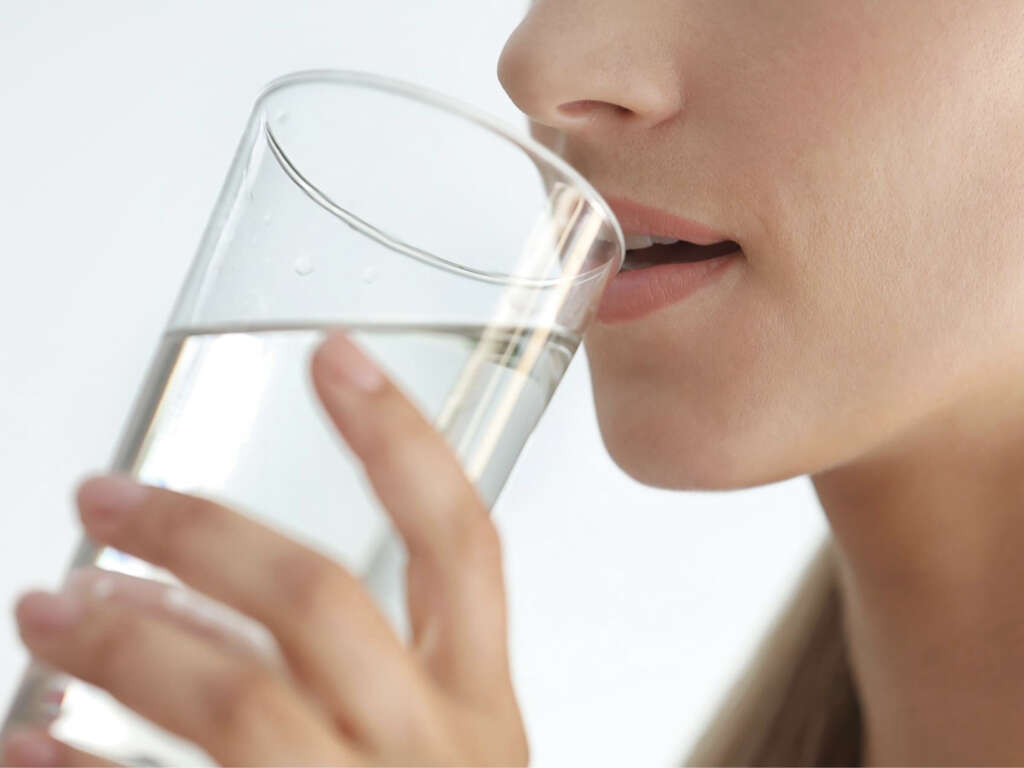
Symptom #1: Slow Healing
It is all but impossible to completely avoid picking up cuts and bruises. We are very likely to come into contact with items that can cause us harm. It is not usually too much of a problem, though, depending on the severity of the injury. While they can be quite painful, such injuries will usually heal naturally.
People with type 2 diabetes, however, can find that it takes longer even for the smallest of wounds to heal. This can cause some discomfort and can also increase the chances of an infection developing. Anybody that is experiencing this symptom should arrange to find out what is causing it.

Symptom #2: Polyuria
Any healthy person is likely to urinate several times throughout a single day. This is a necessary process as waste fluids need to be emptied from the bladder, which has a limited capacity. If you think you are urinating more often than you should be, however, then you should try to get it checked out.
Glucose is usually reabsorbed in the kidneys, but patients with type 2 diabetes, have higher levels of glucose in the blood. When the reabsorption mechanisms in the kidney become overwhelmed, glucose goes into the urine (excretion), and with it, comes water. The result is called polyuria, and it refers to the increase in urine volume, not urine frequency.
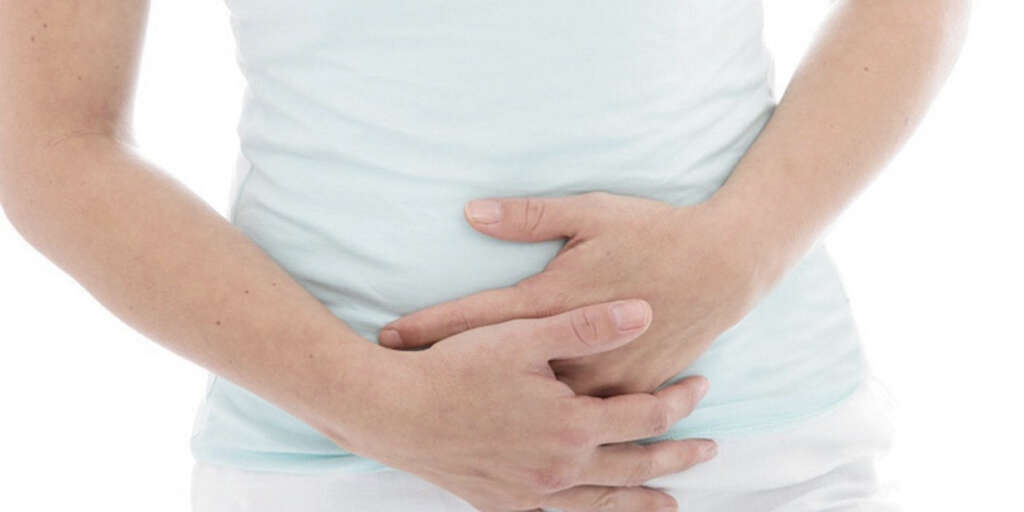
Symptom #3: Acanthosis Nigricans
People all over the world invest a lot of time and money in attaining what they consider to be the perfect complexion. It is harder for some people than others, though, especially those that have conditions that cause skin problems. One such problem is acanthosis nigricans, which is sometimes caused by type 2 diabetes.
Acanthosis nigricans appears as darkened patches of skin, often around the armpits, neck, and groin areas. These patches will also often take on a velvety texture that feels very soft to the touch. If you do notice any imperfections of the skin that you cannot explain, you should try to find out what is causing it.
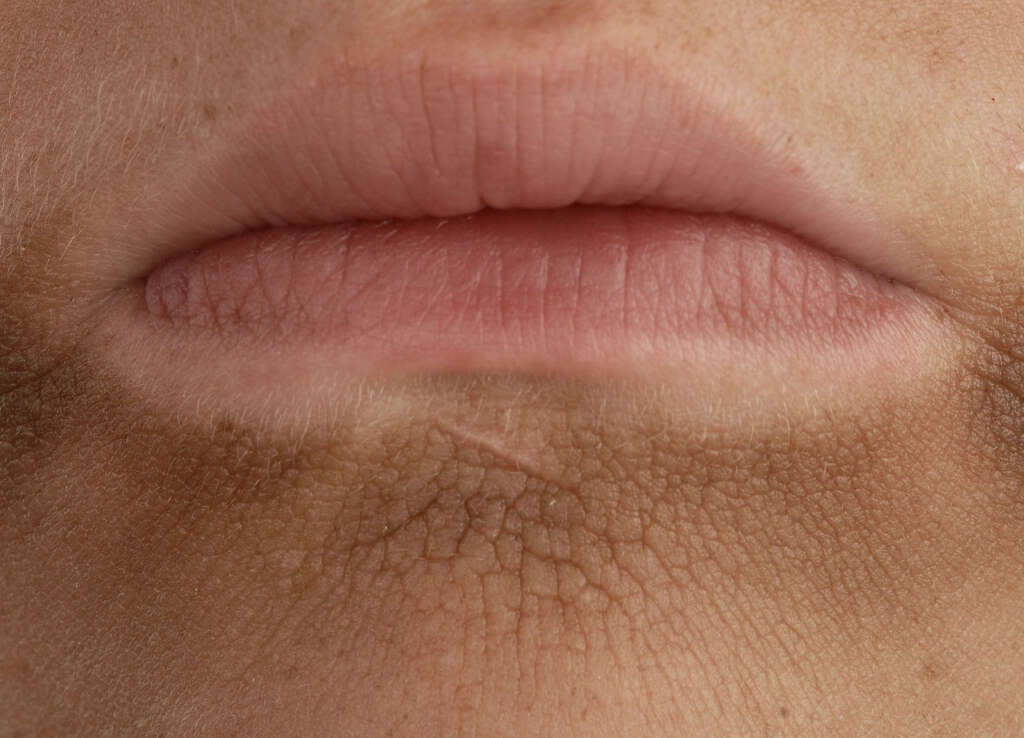
Symptom #4: Increased Appetite
Hunger can be an unpleasant experience, but satisfying that hunger can be very enjoyable. It is a very natural urge that compels us to take on much-needed nourishment. It is important that we don’t overdo it, though, because eating too much can be very bad for us.
The glucose in our blood needs to enter the tissues in order to fuel them. This step is dependent of insulin mediation. Patients with type 2 diabetes suffer from problems with insulin (secretion or tissue resistance), therefore, glucose cannot enter the tissues, triggering the increased appetite seen in patients with this condition.

Symptom #5: Blurred Vision
Many of us will experience a loss of vision as we get older, leading to us needing spectacles, contact lenses, or even surgery. The deterioration is likely to be very gradual, however, happening over a matter of years. If your eyesight deteriorates quickly, it could be a sign that something is wrong.
Too much sugar flowing through the blood can cause damage in the delicate blood vessels in the eyes. The blurriness can come and go and can also affect one or both eyes. The condition will get worse as time goes by without treatment and it can even lead to permanent loss of sight.

Symptom #6: Fatigue
When we are feeling a little worn out, we will often turn to food to give ourselves a bit of a boost. This is because we get a great deal of energy from food as well as the nutrients that help us to grow and repair our bodies. For some people, though, eating food is not always enough to get the energy that they need.
People with type 2 diabetes will struggle to get sufficient energy from what they eat. This will cause them to feel tired and lethargic, despite having rested and eaten well. In some cases, it can be difficult for the patient to perform well in their jobs and take part in other activities.

Symptom #7: Weight Loss
Weight gain or loss is a simple matter of how many calories you take on, and how many you burn off. Any excess energy is stored as fat to be used by the body at a later time. Conversely, a deficit of energy will lead to fat reserves being depleted. In people with type 2 diabetes, this can mean sudden and unplanned weight loss.
In people with type 2 diabetes, it happens because the patient is not able to get sufficient energy from their food. While weight loss might sound like a good thing to some people, it can be very dangerous to your health if it happens too quickly. It is a symptom that should definitely encourage you to see a doctor.

Symptom #8: Excess Thirst
Water is a very important substance for us. Without it, we would die, and we need to take on water regularly. To help make sure we remain hydrated, we will experience thirst whenever our bodies need more water. Some people, however, will find that they feel thirsty far more often than they should do.
When there is too much sugar in the blood, the kidneys will do what they can to help. This means filtering sugar from the blood, which will also mean using more water than they usually would. This will, in turn, cause us to become thirsty more often.

Symptom #9: Yeast Infections
We often think of yeast as something that is used in cooking, but it can also be found in other ways. It is also sometimes in or on the body and yeast populations can grow out of control and form an infection. Our immune systems will usually protect us to a degree, but some people are more prone to yeast infections than others.
Sugar is food for yeast, and more sugar in the blood makes the body a more welcoming place to yeasts. This increases the chance of yeast infections developing, and this can cause a range of symptoms also. People with yeast infections are likely to experience itchiness, as well as redness and sometimes a burning sensation.
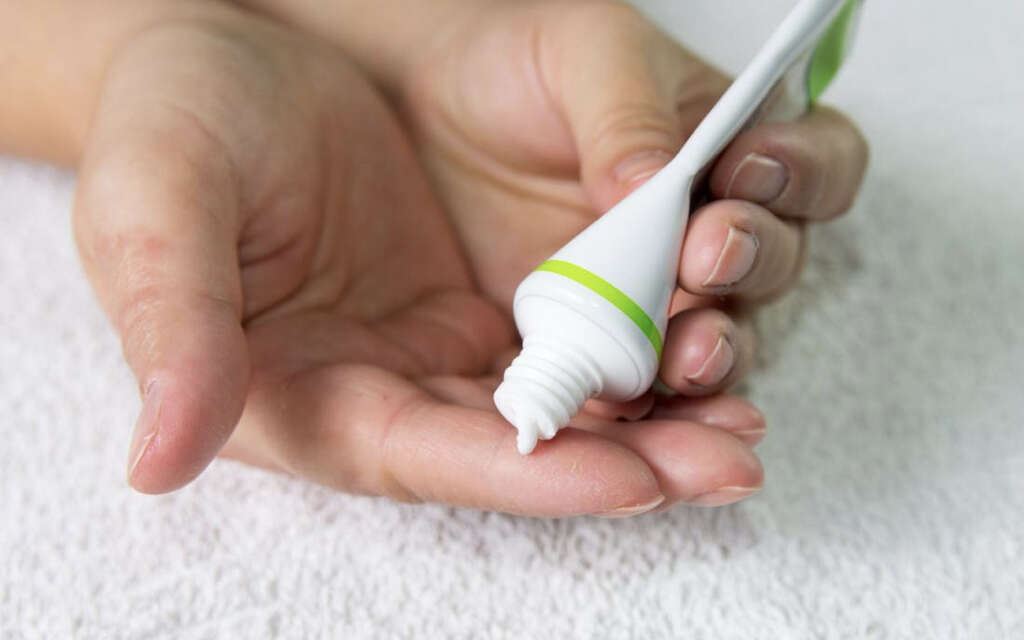
Symptom #10: Neuropathy
The tips of our fingers and toes are quite sensitive. This is important to us because it means we can touch and feel the world around us, giving us lots of information about our surroundings. This is made possible by nerves that traverse the entire body, including the extremities.
High levels of glucose in the blood, however, can cause damage to these nerves, affecting our ability to feel. Usually, it is seen in peripheral nerves (in the extremities), and it can cause pain or sometimes a tingling sensation. It is important to take this symptom seriously because the nerve damage is usually irreversible and can progress fairly quickly if the disease is not controlled. This is also important because it can lead to diminished sensation on your limbs, making it hard for patients to notice any wound or injury.
